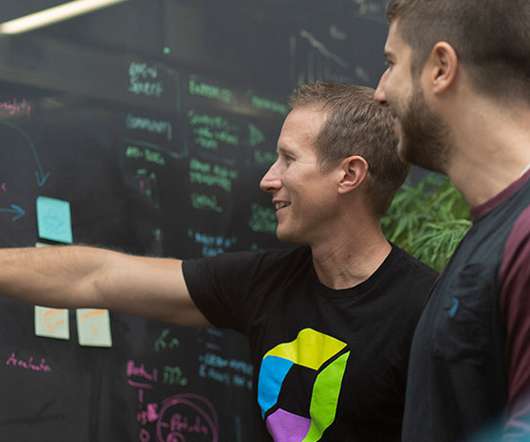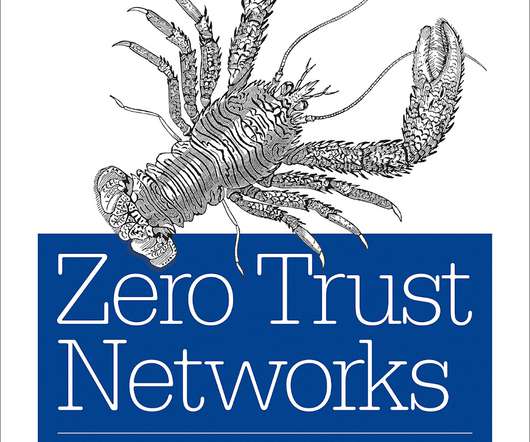What is chaos engineering?
Dynatrace
OCTOBER 28, 2021
In 2010, Netflix introduced a technology to switch production software instances off at random — like setting a monkey loose in a server room — to test how the cloud handled its services. Because it can touch many systems, chaos engineering can have broad implications, affecting groups and stakeholders across the organization.

























Let's personalize your content